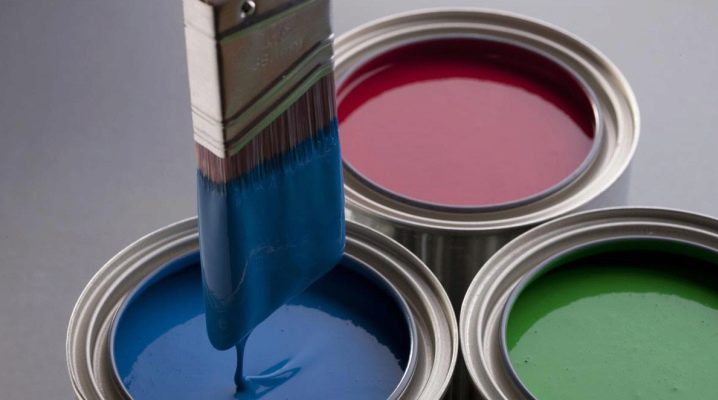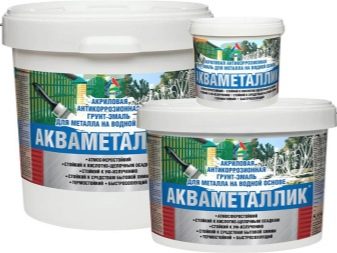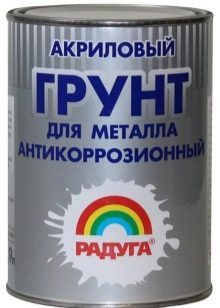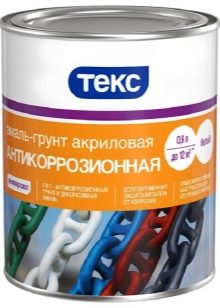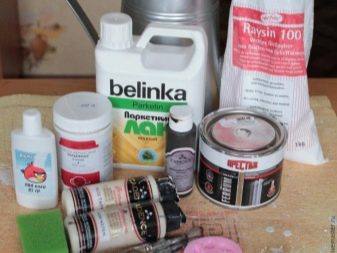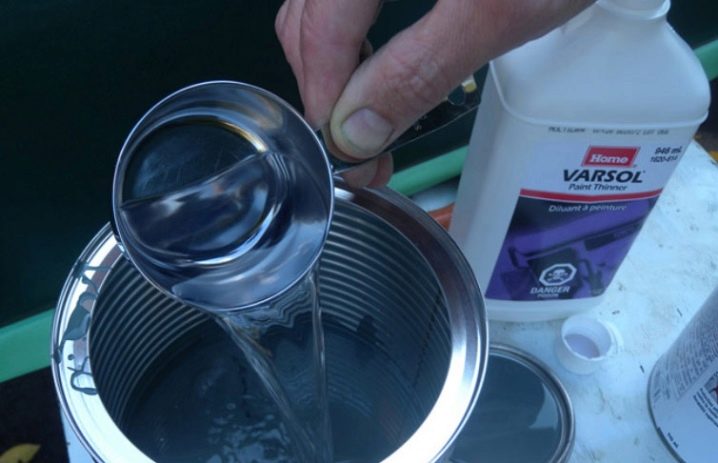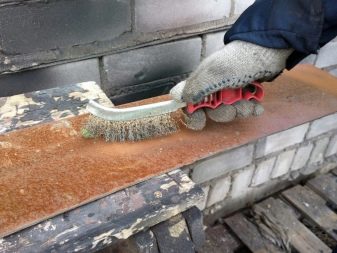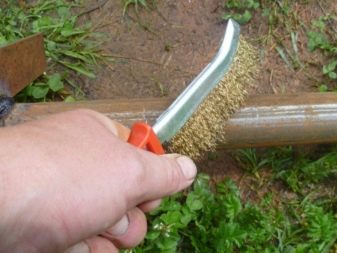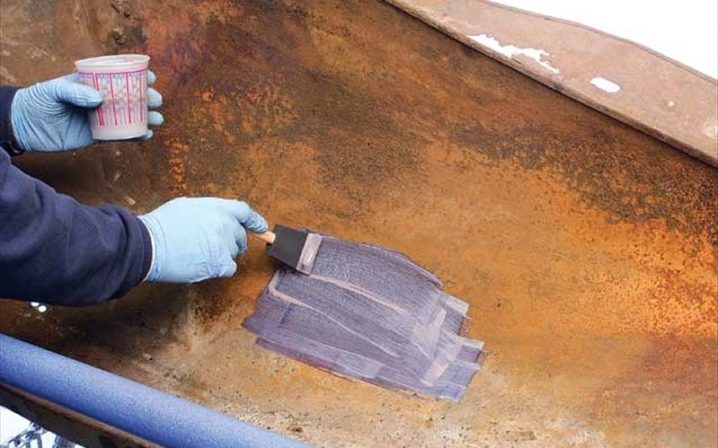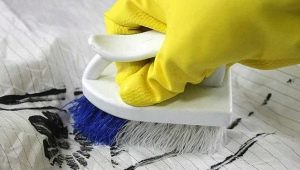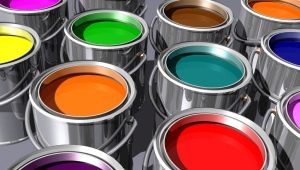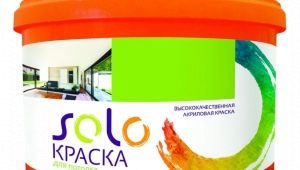Acrylic paints on metal: features and characteristics
Acrylic paints occupy a leading position in the market segment among materials for the treatment of metal surfaces. In terms of cost, they are superior to analogs, due to their high level of adhesion with the surfaces of ferrous and non-ferrous metals.
Dyes of this series have a significantly longer service life compared to their counterparts from other paint and varnish groups.
Advantages of Acrylic Dyes
Acrylic paints are water-based products. They contain coloring pigments, polyacrylates and water. In such a water-emulsion coloring system, the molecules of the polymer substance are collected into rounded particles that form a dispersion mixture with water.
If, until recently, concrete, brick or wood surfaces were made up with acrylic dyes, recently they have been increasingly used to work on metal.A significant role in this choice was played by the fact that after drying, acrylic water-based paints form a coating that does not crack when temperature changes are seasonal and daily in nature, and their decorative qualities are preserved for several years.
Manufacturers of building and finishing materials of this group, taking into account the ability of the surface of metal products to corrode, incorporated into the composition of acrylic dyes special substances that interact with rust products in order to prevent peeling of the decorative layer.
A significant advantage of acrylic dyes is the ability to easily wash with water immediately after the completion of the work all those tools that were involved in the process of their application.
The main negative property of most metal surfaces, if, of course, we are not talking about aluminum or silver, is their ability to enter into chemical interaction with atmospheric moisture, with the result that the upper layer of metal products is covered with a crust of oxides, that is, corroded.
The anticorrosive substance present in the composition of water-dispersion acrylic paints enters into a chemical reaction with the elements of oxidation, neutralizes their action and forms a compound with inert properties on the painted surface.
In addition to excellent adhesion to the surface being treated, referred to as adhesion, and the presence of anti-corrosion components in such products, the film that forms after the metal surfaces paint and metal evaporates is highly elastic. It is able to withstand temperature changes and changes in the deformation nature of a metal product., expressed in its tension and compression. This is a very significant indicator, because all metals have a high coefficient of linear expansion, which is the result of temperature changes.
Another very significant advantage of acrylic water-emulsion dyes is the absence of toxic substances and flammable compounds in them. The water base makes them odorless dyes, so they can be safely used for interior work.For the same reason, they can cover metal surfaces without the need to use personal protective equipment that is necessary, say, when working with nitrocolors.
Acrylic dyes can be used without worrying about safety, and for outdoor work on the finishing of oil and gas storages, gas stations, containers with fuel and lubricants.
For dilution of these funds is not necessary to use a solvent for acrylic paints, it is quite suitable ordinary water. Therefore, even the action of direct solar radiation does not lead to the burning out of such dyes, since they do not contain components contributing to this.
Technology deposited on a metal surface
Before applying the acrylic paint, the surface to be treated should be thoroughly cleaned from signs of corrosion (if they are present) using a metal brush, rust converter or drill bit.
It is not necessary to prime such surface, but it is necessary to clean it from dirt and grease and to dry it.since the life of the coating depends on the quality of its preparation.
The paint must be stirred, and the upper liquid layer should not be drained from its surface,formed from long storage.
Paint is applied at a temperature of +5 +40 degrees Celsius. In this case, the consumption of the dye should vary, depending on the particular structure and surface profile of the product that undergoes coloring.
Dye on the metal is applied in two or three layers. This should be done on a completely dry surface, taking into account the humidity recommended by the manufacturer.
Layering staining is carried out, taking into account the recommended time, which should be allocated for interlayer drying.
An extensive choice of color solutions (including the colors of the “metallic” group) and the possibility of correcting the tonality of the paint on the spot by tinting, allow to obtain an aesthetic decorative layer with high protective qualities.
How to independently steal the car with acrylic paint, see the following video.
